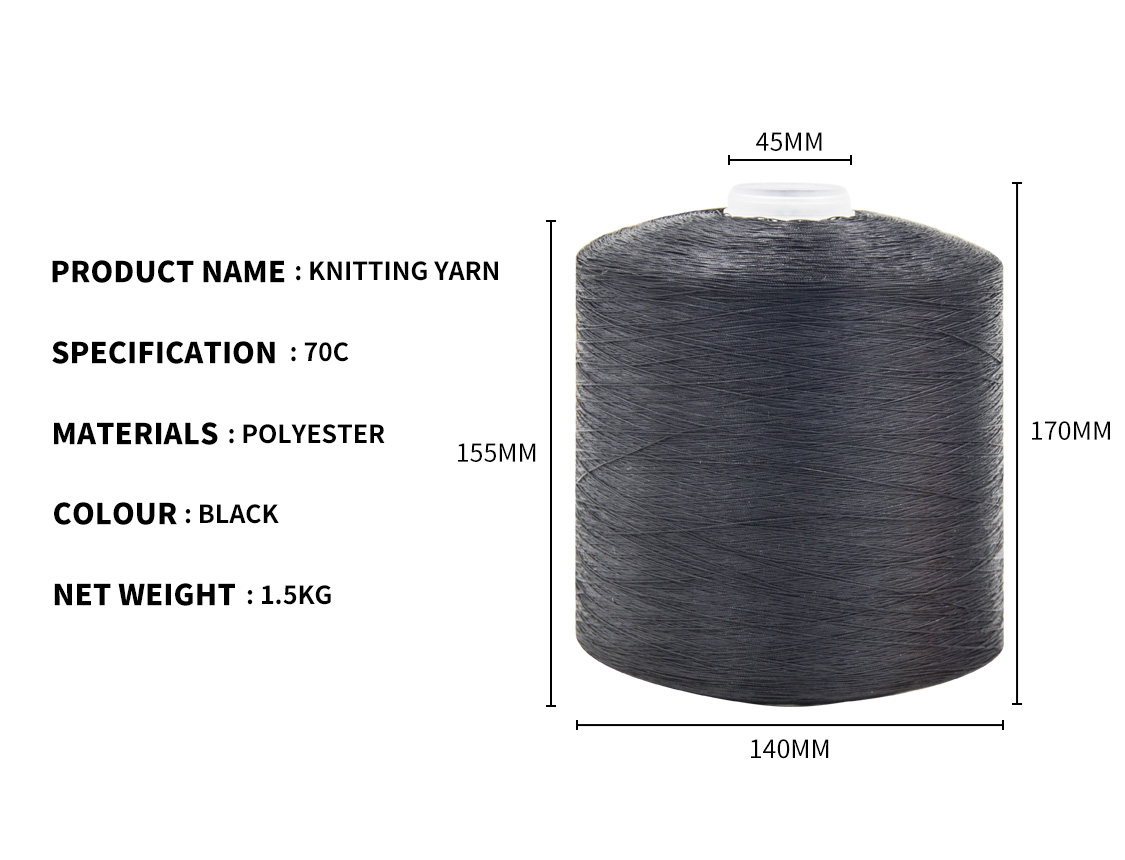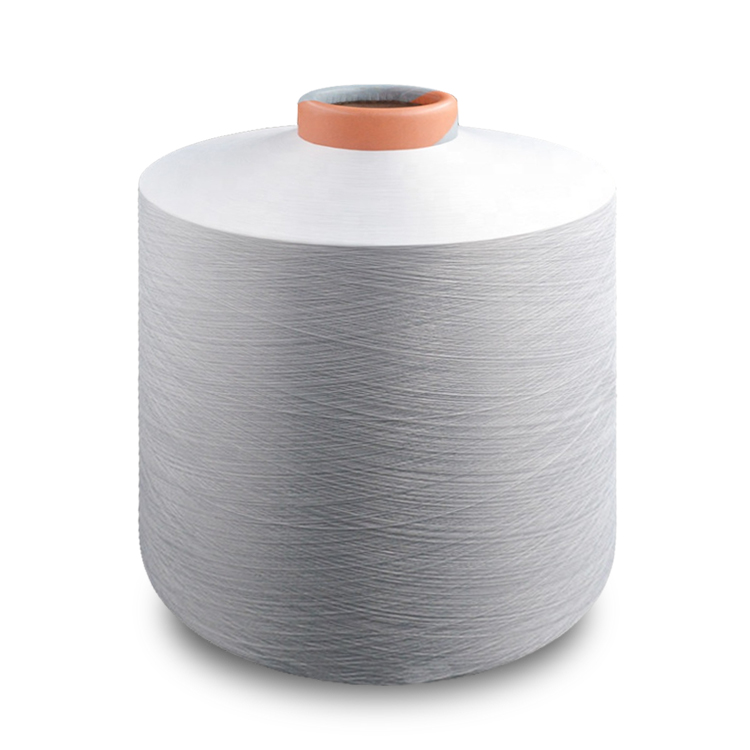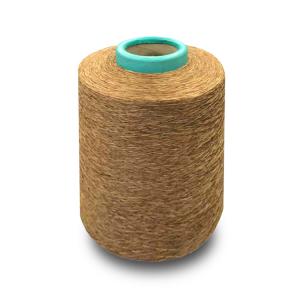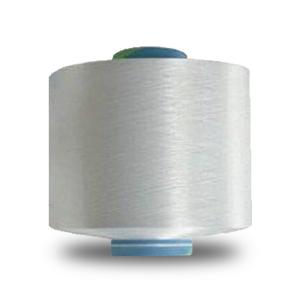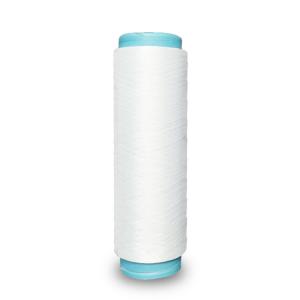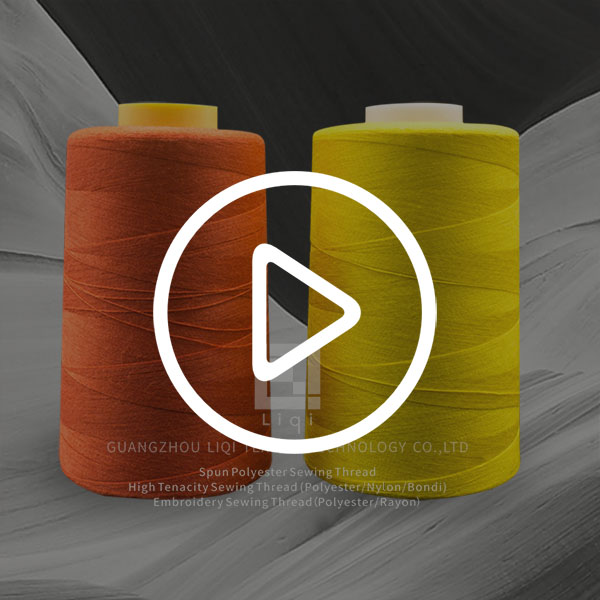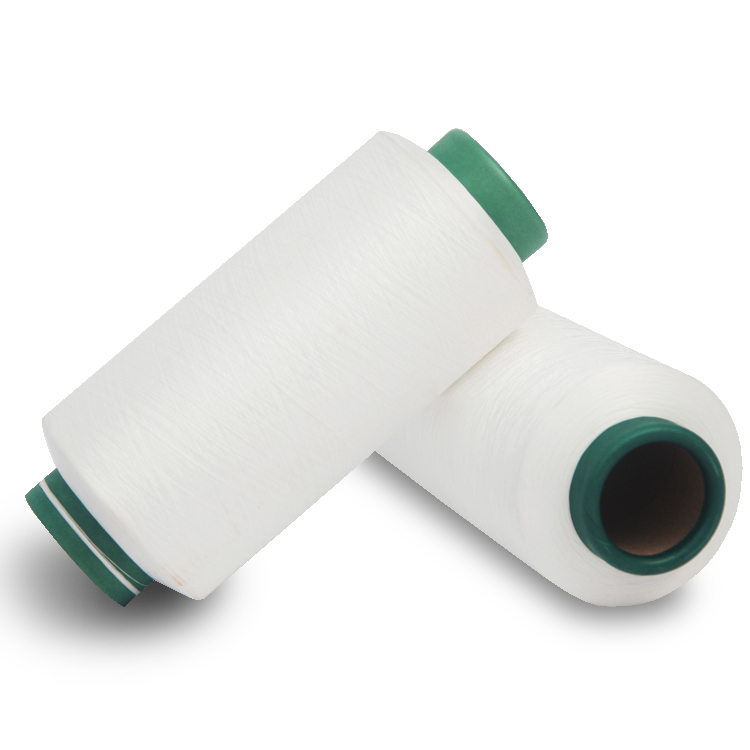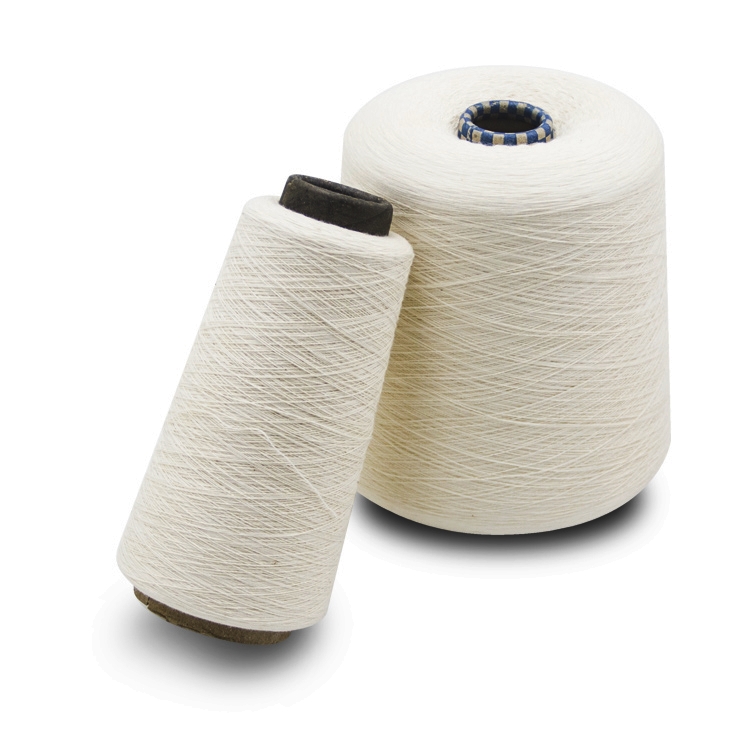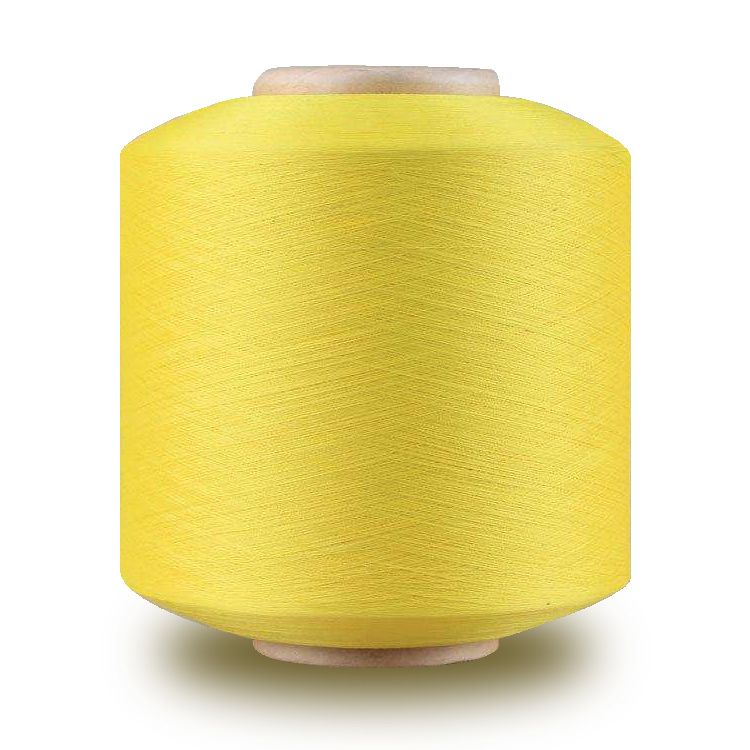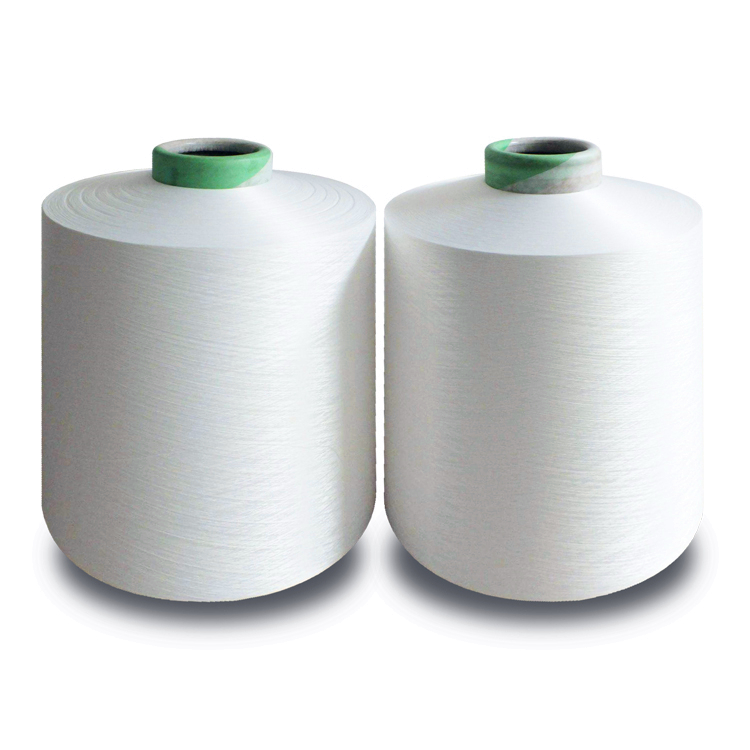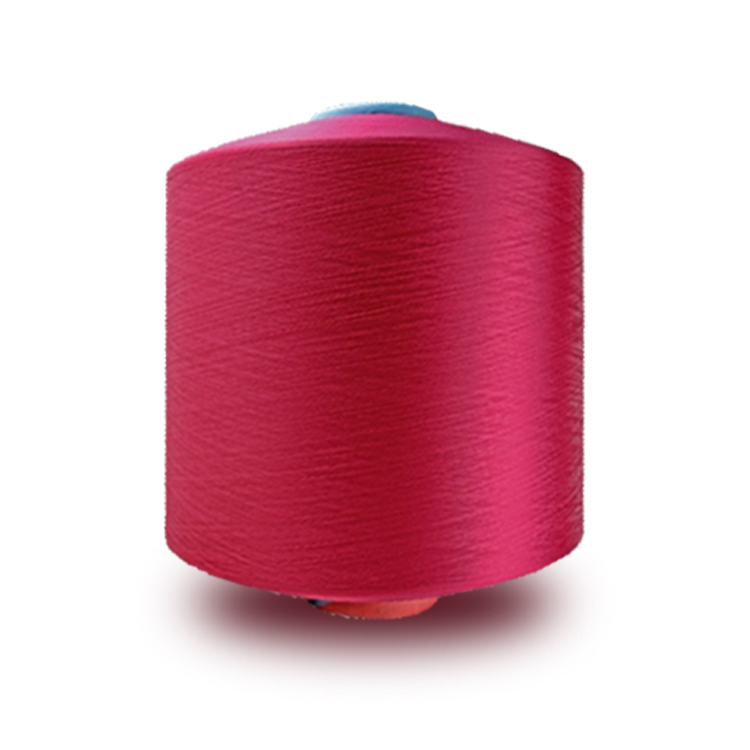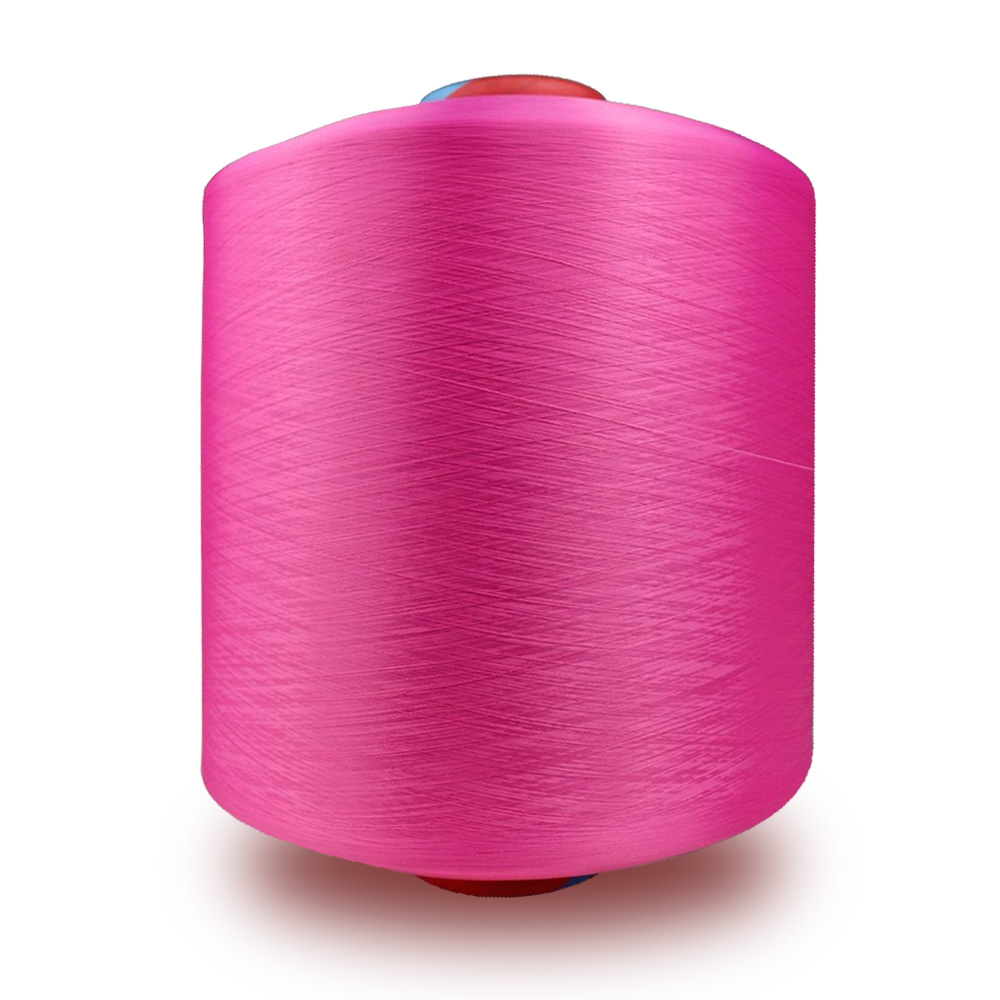Share to:
Related Products
High quality viscose blended nylon sweater knitting yarn
LQ-18-04
Price: From $0.66
Delivery time: 9-20 days after payment
MOQ: 500 KG
Pattern:Dyed
Use:Sewing, knitting, weaving
Feature:Anti-pilling, high tenacity, Eco-friendly
Evenness:Eveness
Twist:280
Yarn count:28s/2
Strength:Good
Style:Core spun yarn
Usage:Glovesblanketmopsockjeantowel
Color:Dyed color
Package:Packing as export standred
Delivery:15 days after desposit received
Core-spun knitting yarn is generally made of synthetic filament with good strength and elasticity as core knitting yarn and cotton, wool, viscose and other staple fibers twisted together. Core-spun knitting yarn has both excellent properties of filament core knitting yarn and outer staple fiber. The common core-spun knitting yarn is polyester-cotton core-spun knitting yarn, which takes polyester filament as core knitting yarn and cotton fiber as outer covering.
There is also spandex core-spun knitting yarn, which is made of spandex filament as core knitting yarn and other fibers outsourced.
Knitted fabrics or jeans made of this core-spun knitting yarn can be easily retracted and fitted comfortably when worn.
Linear density of fibers and knitting yarns
Linear density is one of the most important physical and geometric characteristics of fibers. It not only affects textile processing and product quality, but also has a close relationship with the wearability of fabrics. Similarly, linear density is also the most important index of knitting yarn. Knitting yarn density affects the physical and mechanical properties, handle and style of textiles. It is also an important basis for fabric design.
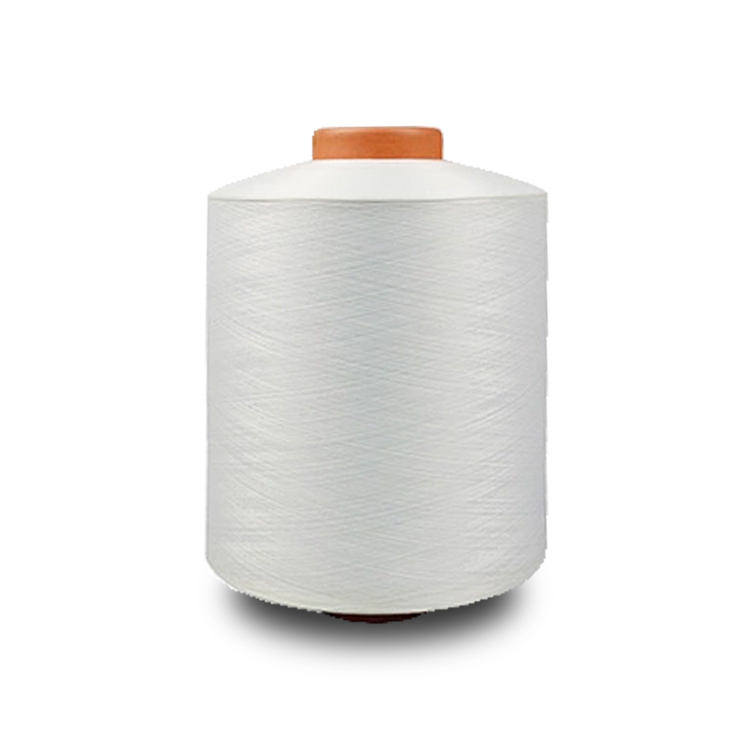
The knitting yarn density of fibers and knitting yarns can be expressed in many ways. Generally, indirect indexes proportional to the cross-sectional area of knitting yarns are used to express the yarn density. Commonly used indicators are Turks (number), metric support, British support, denier and so on.
Generally speaking, the knitting yarn density of fibers and knitting yarns can be divided into two categories: fixed length and retail.
Fixed length system refers to the weight of a certain length of fibers or knitting yarns. The larger the value, the thicker the fibers or knitting yarns are.
At present, tex, dtex, MTeX and D are commonly used.
The legal unit of measurement in our country is the special number system.
Tekes is short for "Te". It refers to the weight grams of 1000 meters long fibers or knitting yarns at a given moisture regain. Tex is commonly known as the number of cotton knitting yarns.
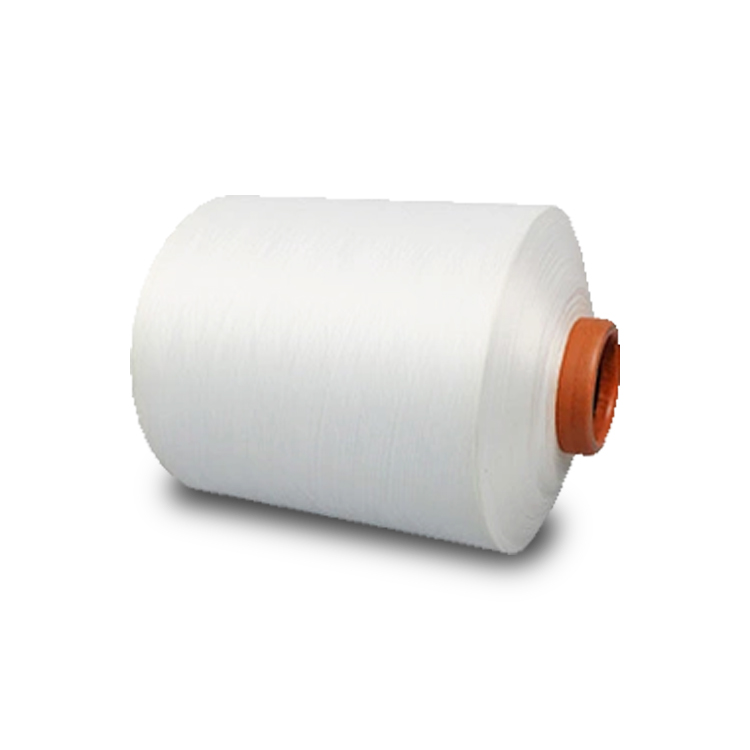
In addition, the knitting yarn density can be expressed by diameter.
Knitting yarn diameter is an important basis for fabric design and manufacturing process parameters.
It can be measured under a microscope. But in actual production, knitting Knitting yarn diameter is converted from the count or count of knitting yarn and knitting yarn density.
In the linear density representation of ply knitting yarn, the special number system is expressed by multiplying the single yarn count of the ply knitting yarn by the number of plys, such as 14 *2. When the specific number of single knitting yarn in ply knitting yarn is different, it is expressed by adding the specific number of single knitting yarn, such as 16 + 18. The count system is expressed by dividing the count of the single knitting yarn that makes up the strand by the number of strands, such as 50/2. If the number of single knitting yarns is different, the number of single knitting yarns should be juxtaposed and slanted, such as 24/48.
The filament linear density of chemical fibers is expressed by the number of monofilaments and the total Tex number.
For example: 16.5 tex/30 f, densities of multifilament buses are 16.5 tex and single filament roots are 30.
The filament linear density of chemical fibers or silk is the sum of the filament linear density of the composite filament.
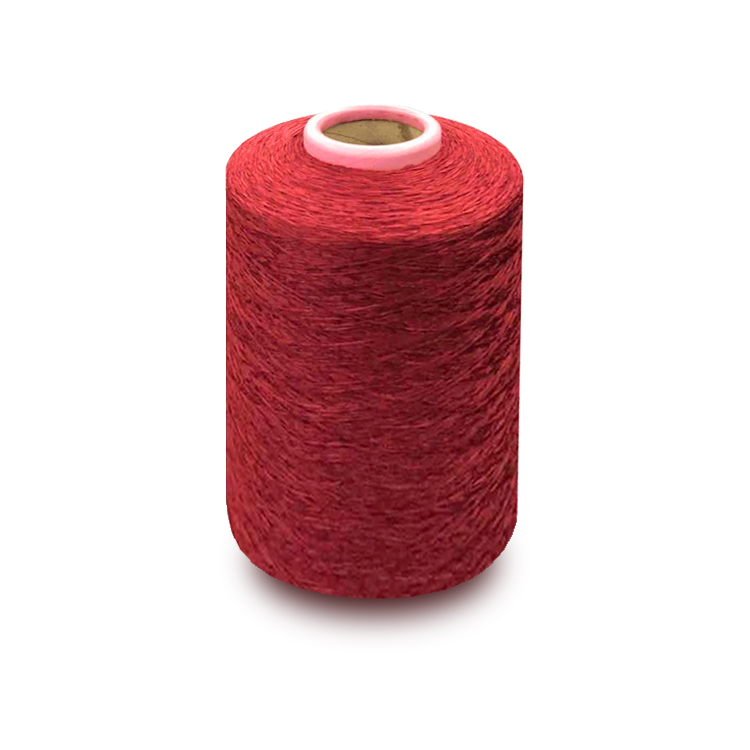
Chemical resistance of fibers knitting yarn refers to the resistance of fibers to the destruction of various chemicals.
In textile dyeing and finishing process, fibers knitting knitting will be exposed to water, acid, alkali, salt and other chemical substances to varying degrees. At the same time, fibre knitting yarn products will also be exposed to various chemicals, such as detergents, finishing agents and so on.
Therefore, as a textile fiber knitting yarn, it must have certain chemical resistance to meet the requirements of textile dyeing, finishing and product use.
In addition, only by understanding the chemical resistance of various textile fibers, can we reasonably select appropriate processing conditions and use various fibre products correctly.
Among all kinds of textile fibers knitting yarn, cellulose fibers knitting yarns have strong alkali resistance, but weak acid resistance.
The chemical resistance of protein fibers knitting yarn is different from that of cellulose fibers. It has stronger resistance to acid than to alkali. Protein fibers
knitting yarns are operated in different degrees in strong or weak alkali, and even lead to decomposition.
The chemical resistance of synthetic fibers knitting yarns is stronger than that of natural fibers, such as polypropylene and polyvinyl chloride fibers, which have excellent acid and alkali resistance.
